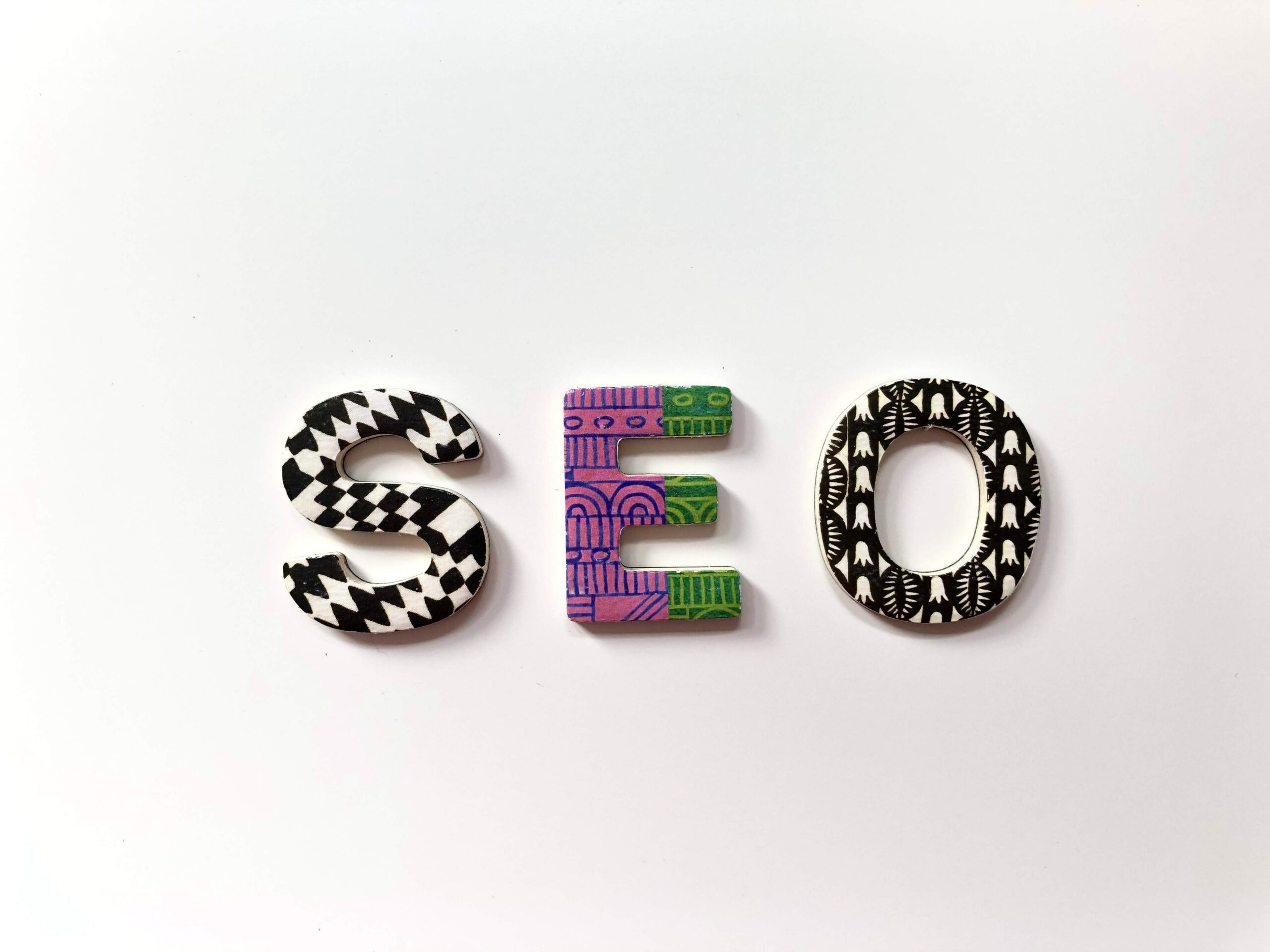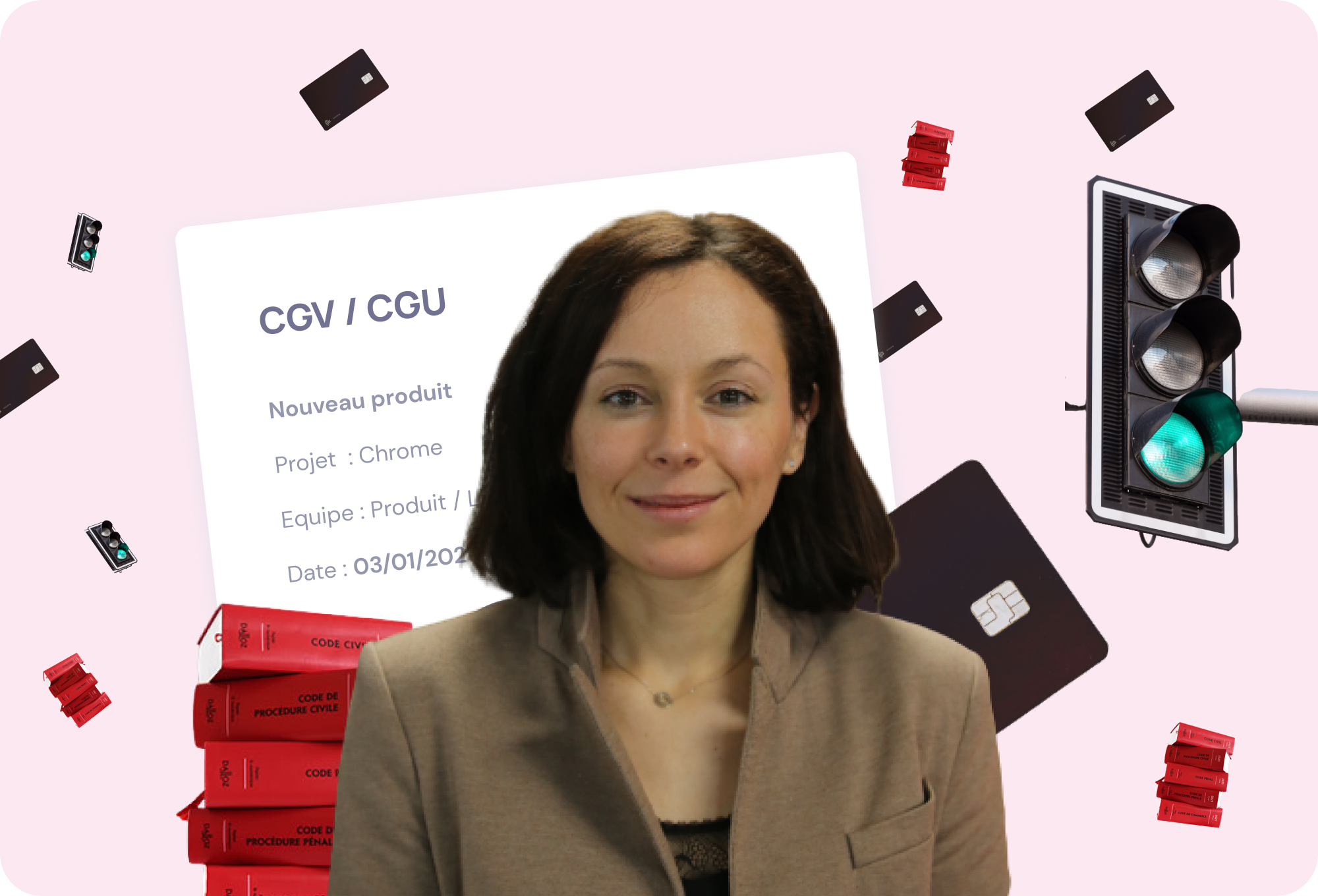Too much content looks the same today. The legal field is no exception! So you have decided to speak out on your topic to talk about your area of expertise and to promote yourself or your company.
You want to write articles that stand out from the crowd, blog posts that are interesting and relevant to your readers.
In the same way that you learned the specific methodology of legal writing, writing a blog post cannot be improvised. It is learned, it is acquired!
Learning to write requires discipline and consistency!
It is based on a set of principles that must be respected.
So how do you structure good articles and ultimately make them reference articles?
The team of Seraphin.legal, your contract management software, intends to share with you step by step and in all "modesty" the methodology we use to structure and write our articles.
Write reference articles to demonstrate and enhance your expertise
As a lawyer, you know that the quality of your writing is very important. If you have a certain appetite for web writing, it would be foolish to deprive yourself of it! A keen interest in writing is indeed an opportunity for you as a lawyer!
Writing well researched articles will enhance your credibility and legitimacy in your field of expertise.
You will be able to make a name for yourself in your field of expertise. You will be able to share the fruit of your thoughts and observations with your readers.
Your company can also entrust you with the mission of writing articles on its behalf! The taste of writing as a lawyer can thus open doors and generate new opportunities for you and your company.
But the task can appear quite complex! We live in an era where content is everywhere! Readers' attention span is therefore limited. It is therefore important to captivate them from the first lines of your content.
This obliges you as a lawyer to propose an article that is out of the ordinary, i.e. a content that brings value by the originality of its angle, i.e. by the way you treat a subject and by the relevance of your thoughts.
It is the originality of your arguments, your words, your angle that will allow your content to stand out. Don't hesitate to go against the grain of common ideas in your field! To captivate your reader, you must surprise him or her!
Another way to engage them is to talk about their problems!
Your content is there to provide a solution! To do this, don't hesitate to spend some time before writing to identify precisely "your persona", the typical reader you choose to address.
To make your article a reference article, it is important to make the reader question, think about and eventually change his opinion on a subject. To do this, you must take time to build up your "writing material". This includes figures, studies, quotations, book references that you will use to write your blog post.
You have understood, it is not a question of going headlong into the writing of your article, but rather of giving yourself time to prepare beforehand. This step is essential!
A clear thesis, an original angle, a thoughtful structure ... it is this triptych that will make your article a reference article, that is to say an article that is first excellent on the substance! The form will follow afterwards!
The methodology to follow to make your blog article a reference article
First, it is important to spend time on the "foundations of your article", i.e. on its structure and your message. This time of reflection before writing will allow you to make your article coherent and well-structured, to save time in the writing phase and to overcome the writer's block that scares every writer.
First step: define your thesis
De quoi avez-vous envie de convaincre votre lecteur ? Il s’agit ici de fixer un cadre et un angle d’attaque. Une bonne thèse tient en une seule ligne. “A la fin de mon article, mon lecteur doit être convaincu que …”. Ne prenez-pas cette étape à la légère, la thèse est le fil conducteur de votre article, c’est ce qui va vous guider durant toute la phase de rédaction de votre article.
Soyez précis dans la formulation de la thèse au risque de perdre le fil au moment de la rédaction et de vouloir en dire trop ! Ayez toujours en tête que le temps que vos lecteurs accordent à votre article est limité. Il est important d’aller droit au but, d’aller à l’essentiel et de se reposer toujours sur la thèse !
Step 2: Your research
At this stage, you need to build up your "writing material", i.e. figures, quotes, all the resources that will reinforce your argument.
Third step: Building the plan
The purpose of your plan is to defend your thesis and convince your reader of its validity. Your plan will allow you to lead your reader to the conclusion. There are several types of plans, including
- Observation - Problem - Solution
- Problems - Actions - Results
- Thesis - Antithesis - Synthesis
Step 4: Add your writing materials
This is the time to add all the resources you deem relevant to support your arguments (figures, quotes, observations, personal experiences, interviews...).
The introduction to the article
Your introduction consists of two key moments:
- The hook
- The problem
The objective of the hook is to question your reader and to pique his curiosity. You can do it for example by telling the beginning of a story, by saying a shocking sentence...
As for the problematic, you will announce the question you will answer in your article. Once you have written your hook or "attack", the objective is to make the link with your problematic/question. Your question, your problematic, determines the angle you will take to treat your subject.
At the end of your introduction, you will have to announce your plan. The purpose of the introduction is to make your reader want to read your article, to arouse his or her curiosity and to give him or her a good time.
The body of the article
Il est recommandé de rédiger en deux temps votre article. Le mieux, c’est de laisser reposer votre texte et de le reprendre à tête reposée. Quant au style, écrivez avec un lecteur précis en tête, mettez-vous à la place de votre lecteur, surprenez-le, anticipez ses objections !
Pour ne pas le perdre, privilégiez un style d’écriture simple et clair, n’abreuvez pas votre lecteur de jargon ou de langage technique. Une phrase doit comporter, une idée, un argument et veillez à utiliser le moins de mots possibles dans chaque phrase.
Also force yourself to get involved in your article, put a little bit of yourself in it, your article will gain in authenticity! Don't hesitate to express your point of view, to share your observations, your experiences... Have a clear opinion!
Enfin, parlons de SEO, l’optimisation d’un contenu pour les moteurs de recherche ! Trop d’articles de blog sont aujourd’hui rédigés avec une seule visée, celui de plaire aux moteurs de recherche et à leurs algorithmes. Conséquence, les articles de blogs sont suroptimisés et sont en aucune manière plaisants à lire.
Les mêmes mots clés sont répétés un peu partout dans le texte, c’est tout le fond de l’article qui s’en ressent ! Vous devez bien sûr prendre en compte le SEO dans la rédaction de vos articles de référence mais veillez à ajouter votre mot clé ou vos mots clés seulement dans le titre principal de l’article et dans les différents sous-titres qui composent votre article.
The conclusion of the article
The conclusion of your article is there to :
- Summarize the points made in your article
- Affirm your thesis
- Answer your problem
- Feed your readers' thoughts
- A call to action for your reader
We have talked about the content, you now know that the structure of your article, your arguments are the essential elements to make your blog post, a reference article. But if the content must be thoughtful, the form must be neat! Think about headings, bulleted lists, bold words, call-to-action buttons (CTA) to make your article more pleasant to read.
Your article should engage your readers. A reference article is an article that allows readers to interact with the author. It includes a call-to-action (CTA) that consists of asking readers for their opinions or to take action with, for example, a shared experience...
Enfin même si le temps peut vous manquer en tant que juriste, il vous faudra de la régularité dans vos écrits pour gagner en aisance en écriture. Prévoyez par exemple dans votre semaine, des sessions de 30 minutes d’écriture pas plus !
Vous devez parvenir peu à peu à vous créer un cadre de travail propice à l’écriture. Si vous verrez en suivant notre méthodologie que le syndrome de la page blanche n’existe pas, vous verrez par la même occasion que le manque de temps n’existe pas et qu’il suffit de hiérarchiser ses priorités.
Focus on distribution of your article to build a loyal and engaged audience
Too often we mistakenly think that once our blog post is written, our work is done! But that's a mistake! We still have to promote it by distributing it on our networks or on your company's networks.
Perhaps, as a lawyer, you have a negative view of marketing or are unaware of its basic principles. Just remember that marketing is there to help "people" solve a problem they face. If you have followed our methodology, our advice, your blog post focuses on a persona and intends to answer their problems.
Vous pouvez donc pleinement assumer votre article et le distribuer avec fierté ! N’hésitez-pas à vous rendre visible même si c’est vrai que dans les premiers temps, il est possible de ne pas être satisfait de son niveau de compétence ou d’être victime du syndrome de l’imposteur et de ne pas se sentir légitime pour publier un article sur un sujet.
Rappelez-vous que votre article apporte de la valeur à votre cible, il serait dommage de ne pas le diffuser à davantage de personnes.
It is by continuing to publish articles with the constant concern of bringing value to your target that you will succeed in building your audience or that of your company. Little by little, an audience of "followers" of your work will be born! You will have to interact with them to create a strong relationship!
This is what makes the difference between a "simple" article published on a blog and a reference article!
Conclusion
Writing well researched articles will reinforce your credibility and legitimacy as a lawyer for yourself and your company.
A reference article, unlike the traditional blog post, is an article that brings value, that answers the problem encountered by your target. It is the originality of your angle, your words and your arguments that will allow your content to stand out.
A clear thesis, an original angle, a thoughtful structure ... these are the essential elements of your article. A reference article is an article that has been carefully crafted both in terms of content and form! It makes you want to be read and shared! The distribution and promotion stage of your article is as important as the writing stage.
Your article brings value to your target, it must be read! It is by making yourself visible by publishing quality articles that you will gradually build a loyal and committed audience.
So don't wait any longer, take the pen, define a theme, a thesis, and let's go...



